2. Dersot JM, Giovannoli JL. 1989; [Posterior bite collapse. 1. Etiology and diagnosis]. J Parodontol. 8:187–94. French. PMID:
2639188.
3. Sekiya T, Nakamura Y, Oikawa T, Ishii H, Hirashita A, Seto K. 2010; Elimination of transverse dental compensation is critical for treatment of patients with severe facial asymmetry. Am J Orthod Dentofacial Orthop. 137:552–62. DOI:
10.1016/j.ajodo.2007.10.064. PMID:
20362918.

4. Kim KA, Lee JW, Park JH, Kim BH, Ahn HW, Kim SJ. 2017; Targeted presurgical decompensation in patients with yaw-dependent facial asymmetry. Korean J Orthod. 47:195–206. DOI:
10.4041/kjod.2017.47.3.195. PMID:
28523246. PMCID:
PMC5432441.

5. Jeon YJ, Kim YH, Son WS, Hans MG. 2006; Correction of a canted occlusal plane with miniscrews in a patient with facial asymmetry. Am J Orthod Dentofacial Orthop. 130:244–52. DOI:
10.1016/j.ajodo.2006.04.016. PMID:
16905071.

6. Kang YG, Nam JH, Park YG. 2010; Use of rhythmic wire system with miniscrews to correct occlusal-plane canting. Am J Orthod Dentofacial Orthop. 137:540–7. DOI:
10.1016/j.ajodo.2008.04.032. PMID:
20362916.

7. Daimaruya T, Takahashi I, Nagasaka H, Umemori M, Sugawara J, Mitani H. 2003; Effects of maxillary molar intrusion on the nasal floor and tooth root using the skeletal anchorage system in dogs. Angle Orthod. 73:158–66.
9. Park YC, Lee SY, Kim DH, Jee SH. 2003; Intrusion of posterior teeth using mini-screw implants. Am J Orthod Dentofacial Orthop. 123:690–4. DOI:
10.1016/S0889-5406(03)00047-7. PMID:
12806352.

10. Meningaud JP, Pitak-Arnnop P, Corcos L, Bertrand JC. 2006; Posterior maxillary segmental osteotomy for mandibular implants placement: case report. Oral Surg Oral Med Oral Pathol Oral Radiol Endod. 102:e1–3. DOI:
10.1016/j.tripleo.2006.03.013. PMID:
17052616.

11. West RA, Epker BN. 1972; Posterior maxillary surgery its place in the treatment of dentofacial deformities. J Oral Surg. 30:562–3.
12. Bell WH, Levy BM. 1971; Revascularization and bone healing after posterior maxillary osteotomy. J Oral Surg. 29:313–20. PMID:
4995705.
13. Rosen PS, Forman D. 1999; The role of orthognathic surgery in the treatment of severe dentoalveolar extrusion. J Am Dent Assoc. 130:1619–22. DOI:
10.14219/jada.archive.1999.0101. PMID:
10573942.

14. O'Ryan F, Schendel S. 1989; Nasal anatomy and maxillary surgery. II. Unfavorable nasolabial esthetics following the Le Fort I osteotomy. Int J Adult Orthodon Orthognath Surg. 4:75–84.
15. Kim C, Kim M, Kim D. 1999. Upward repositioning of the extruded posterior maxillary alveolar segment by one-stage segmental osteotomies. Paper presented at: 14th International Conference on Oral and Maxillofacial Surgery. 1999 Apr 24-29; Washington DC, USA. Chicago. ICOMS;p. 13. DOI:
10.1016/S0901-5027(99)80712-7.

18. Kusayama M, Motohashi N, Kuroda T. 2003; Relationship between transverse dental anomalies and skeletal asymmetry. Am J Orthod Dentofacial Orthop. 123:329–37. DOI:
10.1067/mod.2003.41. PMID:
12637905.

19. Solow B. 1980; The dentoalveolar compensatory mechanism: background and clinical implications. Br J Orthod. 7:145–61. DOI:
10.1179/bjo.7.3.145. PMID:
6934010.

20. Anhoury PS. 2009; Nonsurgical treatment of an adult with mandibular asymmetry and unilateral posterior crossbite. Am J Orthod Dentofacial Orthop. 135:118–26. DOI:
10.1016/j.ajodo.2006.12.024. PMID:
19121511.

23. Raveli TB, Raveli DB, de Mathias Almeida KC, Pinto ADS. 2017; Molar uprighting: a considerable and safe decision to avoid prosthetic treatment. Open Dent J. 11:466–75. DOI:
10.2174/1874210601711010466. PMID:
29114332. PMCID:
PMC5646130.

24. Proffit WR, Turvey TA, Phillips C. 2007; The hierarchy of stability and predictability in orthognathic surgery with rigid fixation: an update and extension. Head Face Med. 3:21. DOI:
10.1186/1746-160X-3-21. PMID:
17470277. PMCID:
PMC1876453.

25. Jung SK, Kim TW. 2015; Treatment of unilateral posterior crossbite with facial asymmetry in a female patient with transverse discrepancy. Am J Orthod Dentofacial Orthop. 148:154–64. DOI:
10.1016/j.ajodo.2014.09.023. PMID:
26124038.

26. Kai R, Umeki D, Sekiya T, Nakamura Y. 2016; Defining the location of the dental midline is critical for oral esthetics in camouflage orthodontic treatment of facial asymmetry. Am J Orthod Dentofacial Orthop. 150:1028–38. DOI:
10.1016/j.ajodo.2015.10.035. PMID:
27894524.

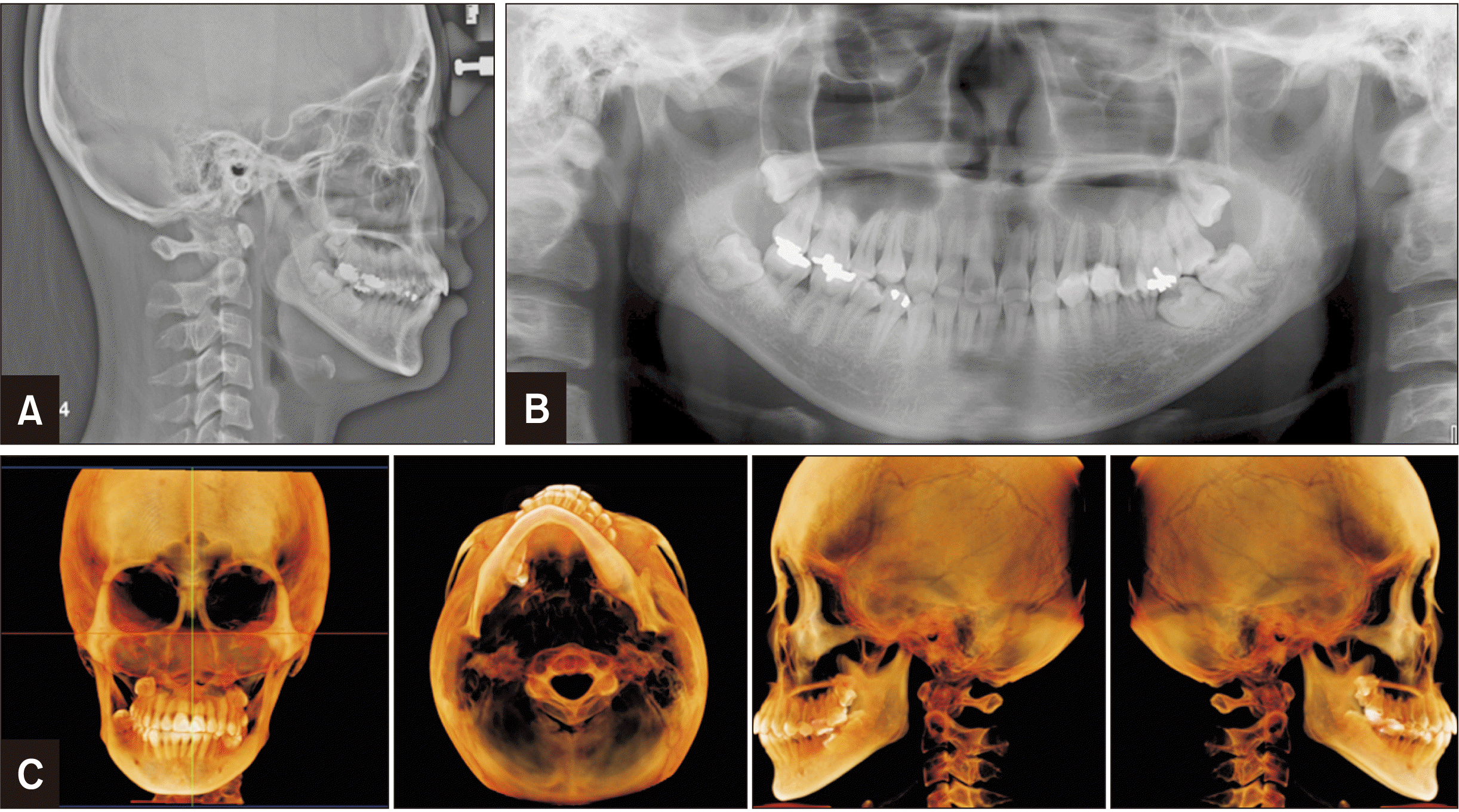
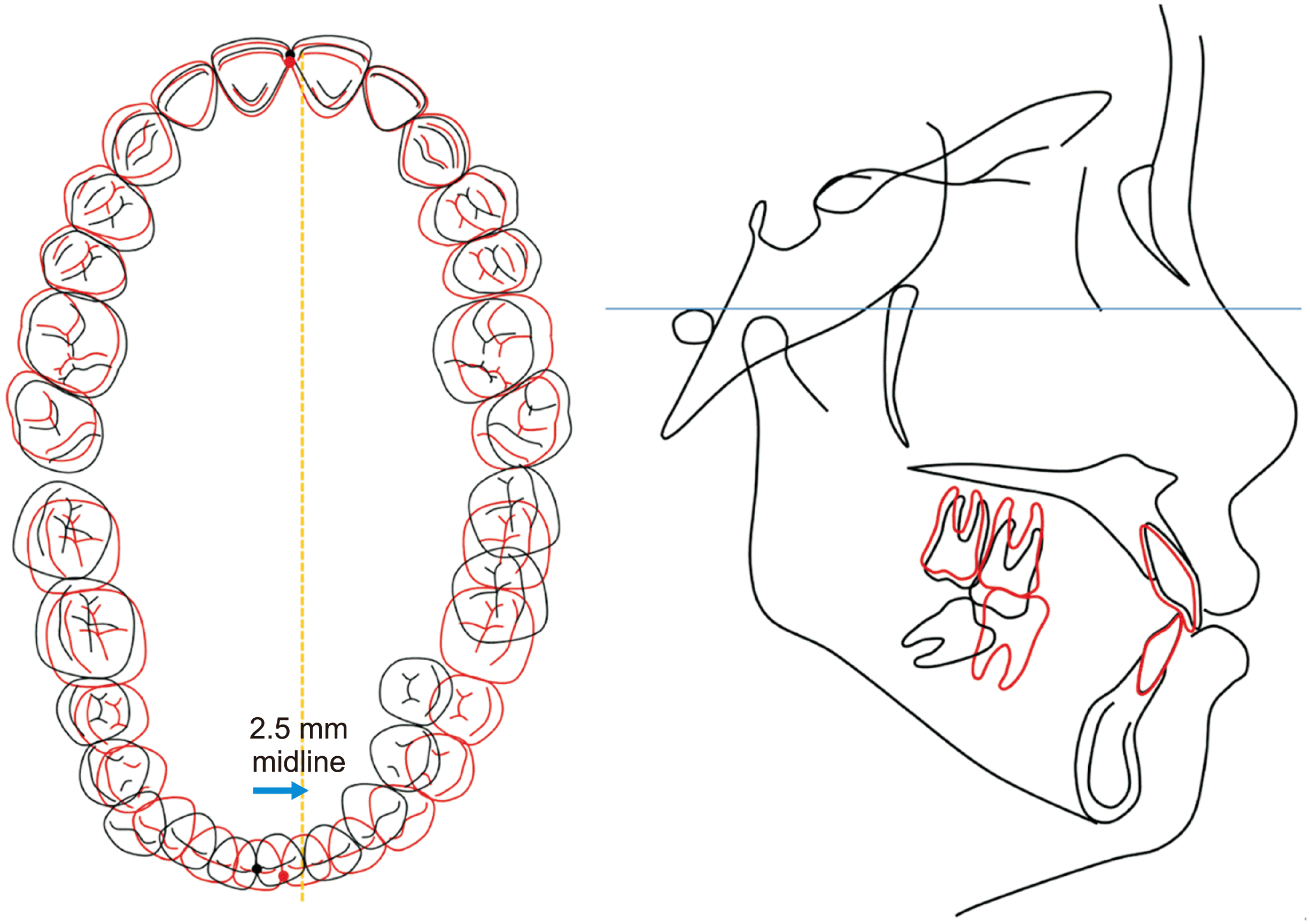

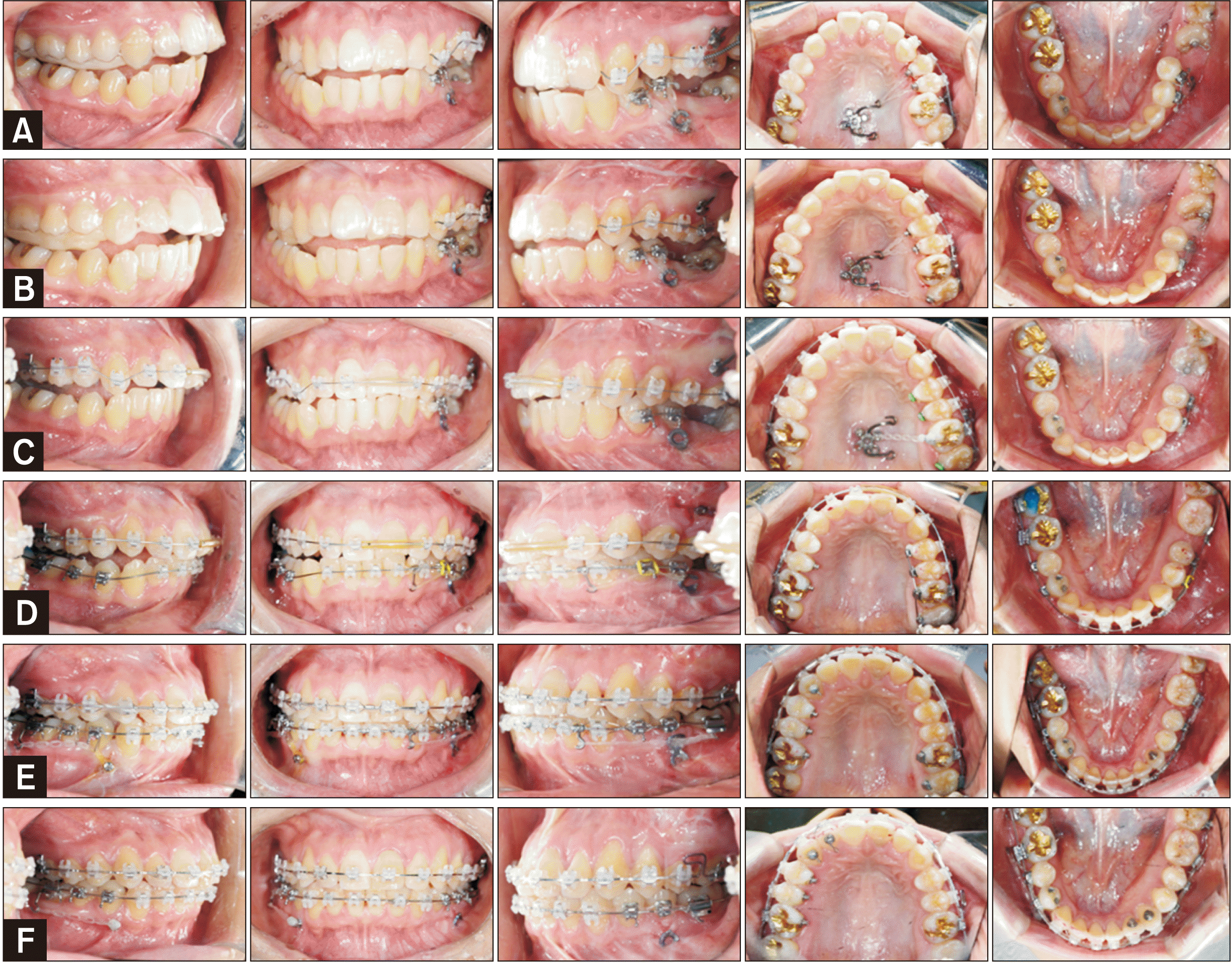
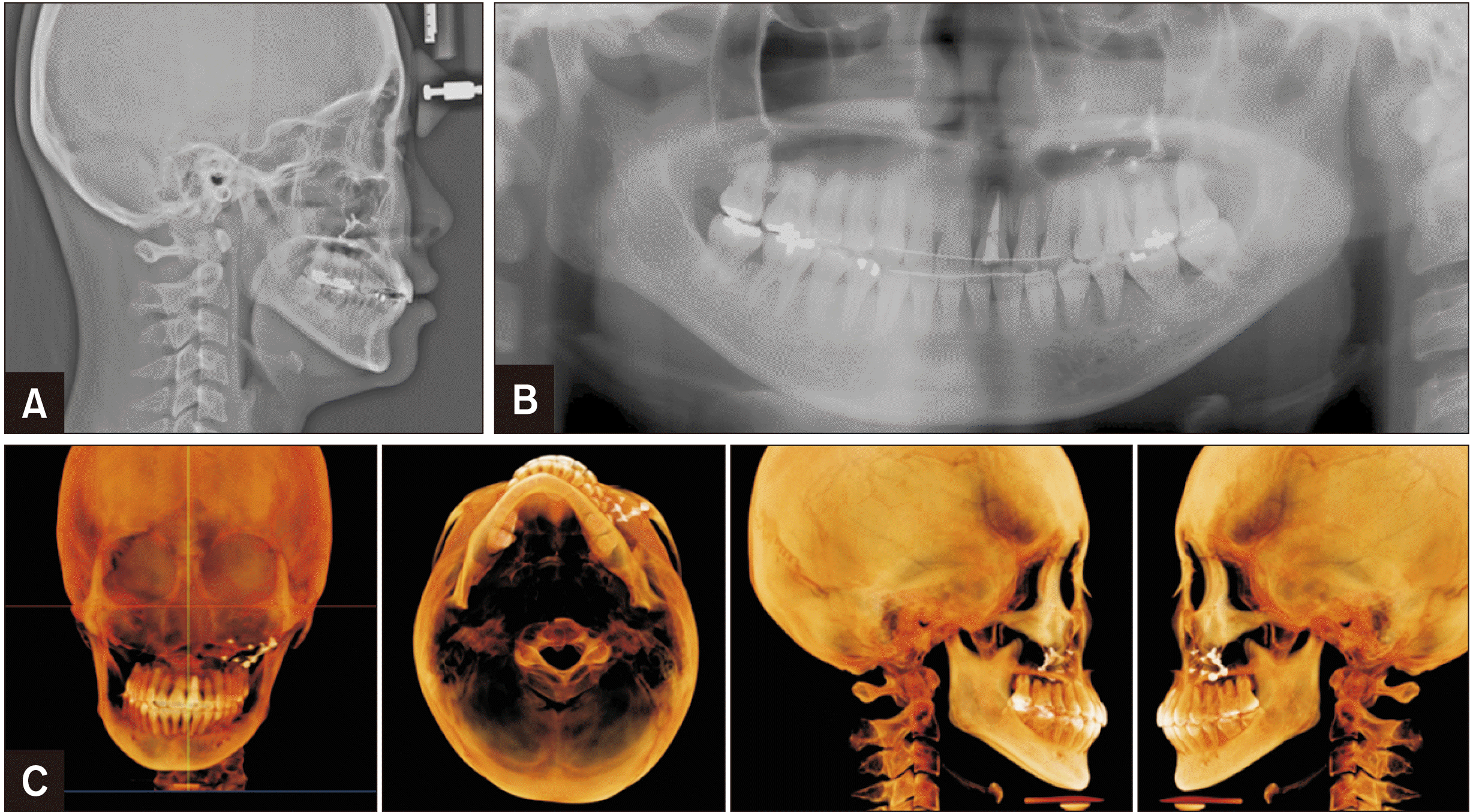
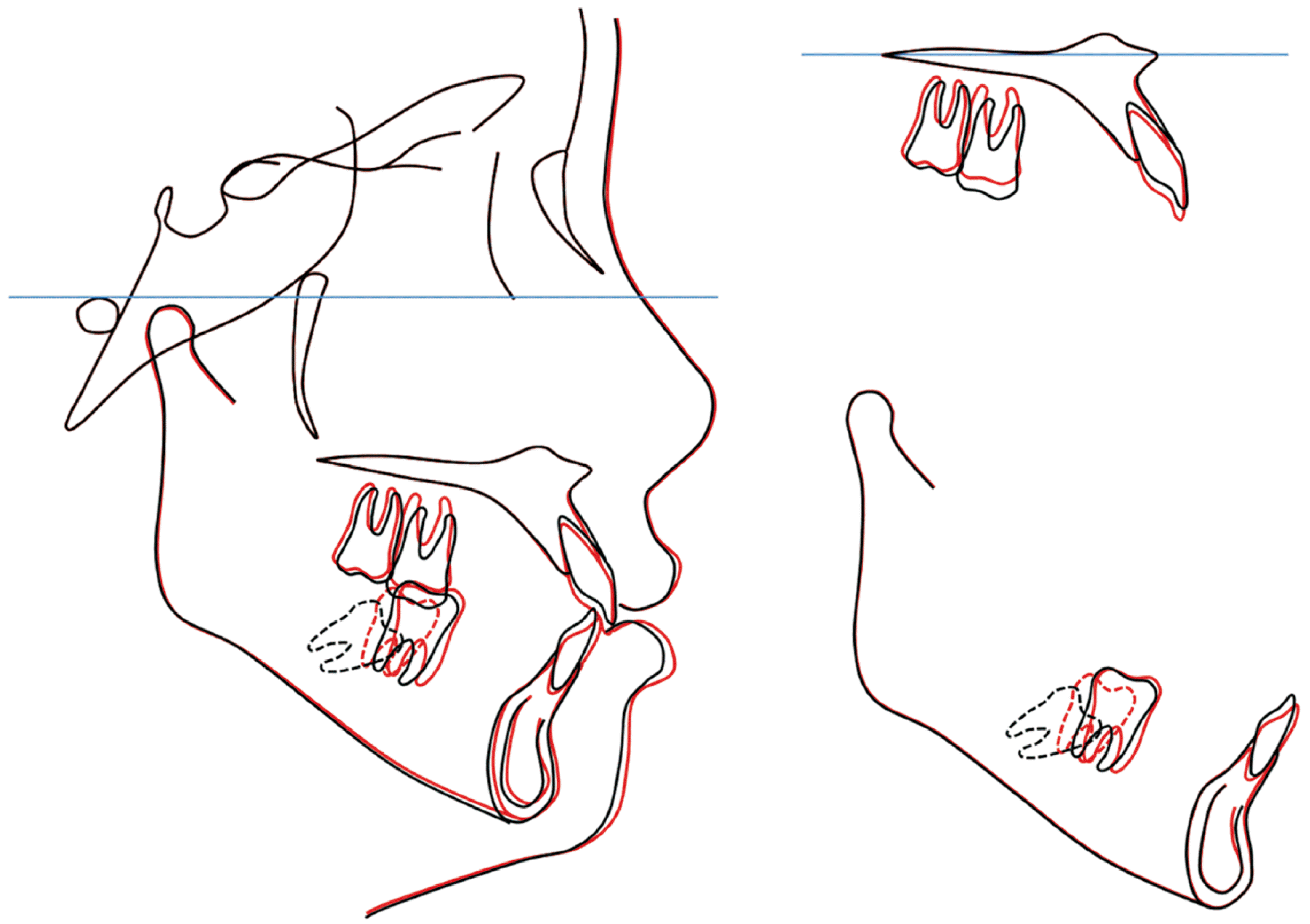
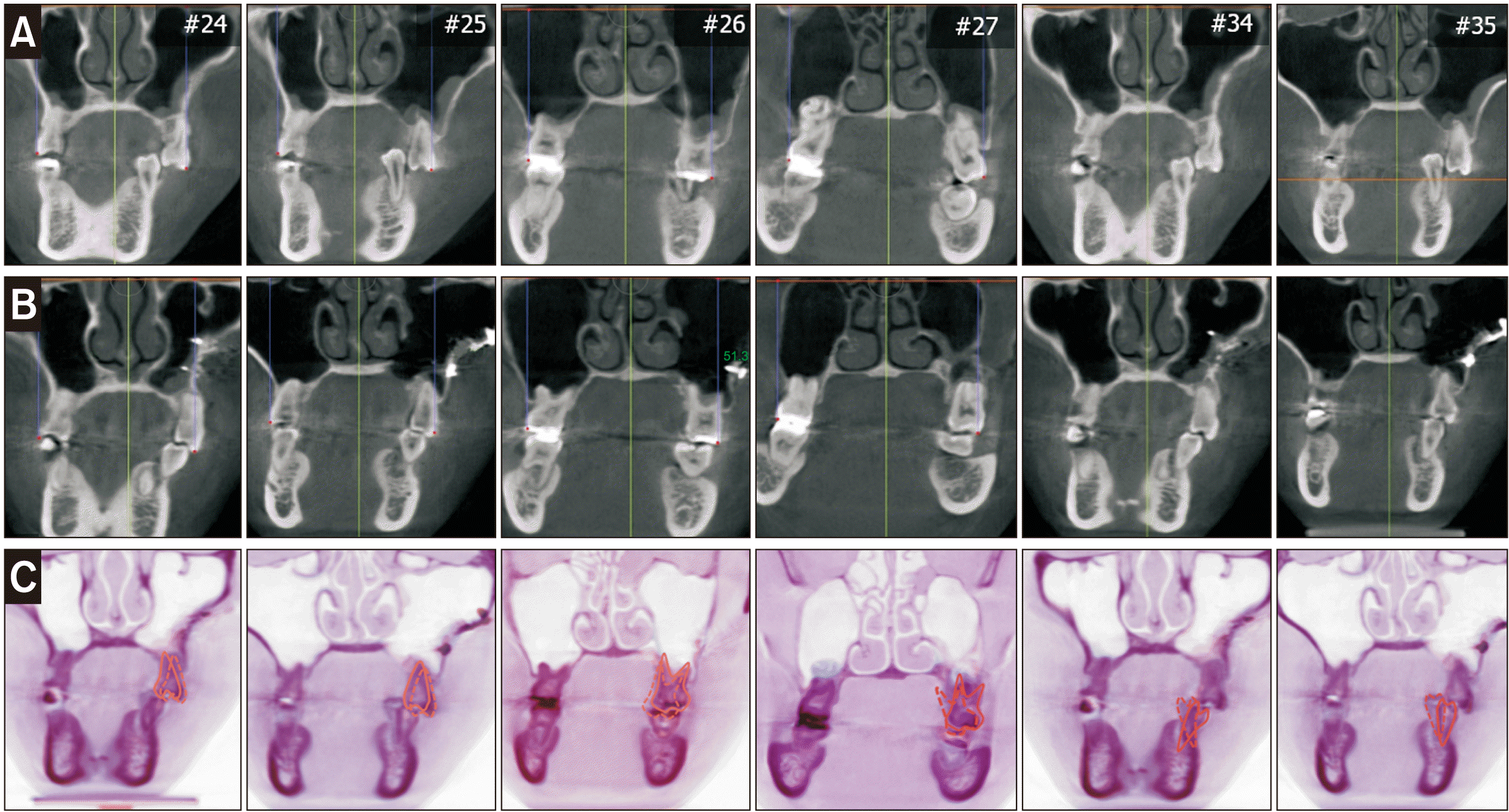
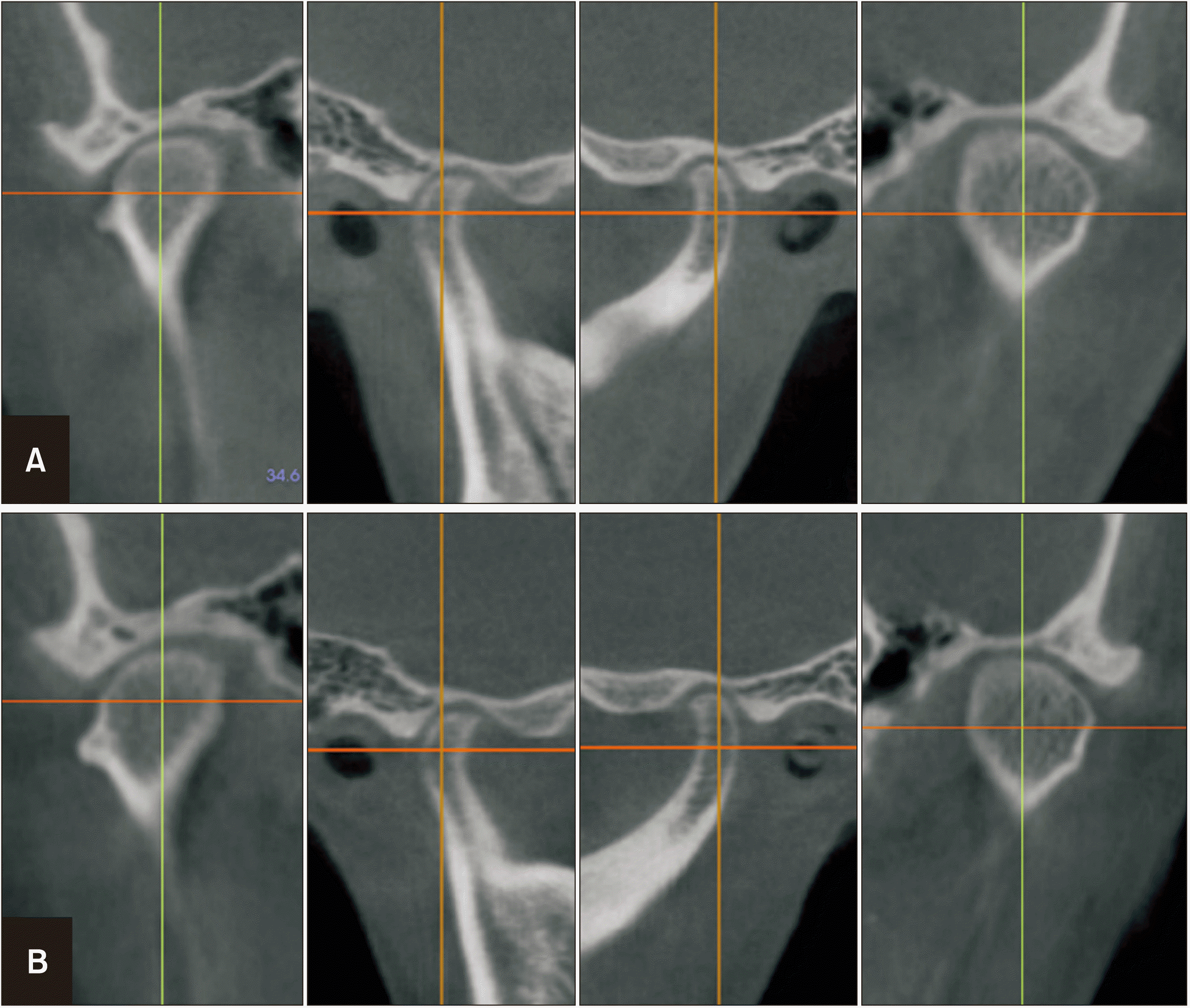
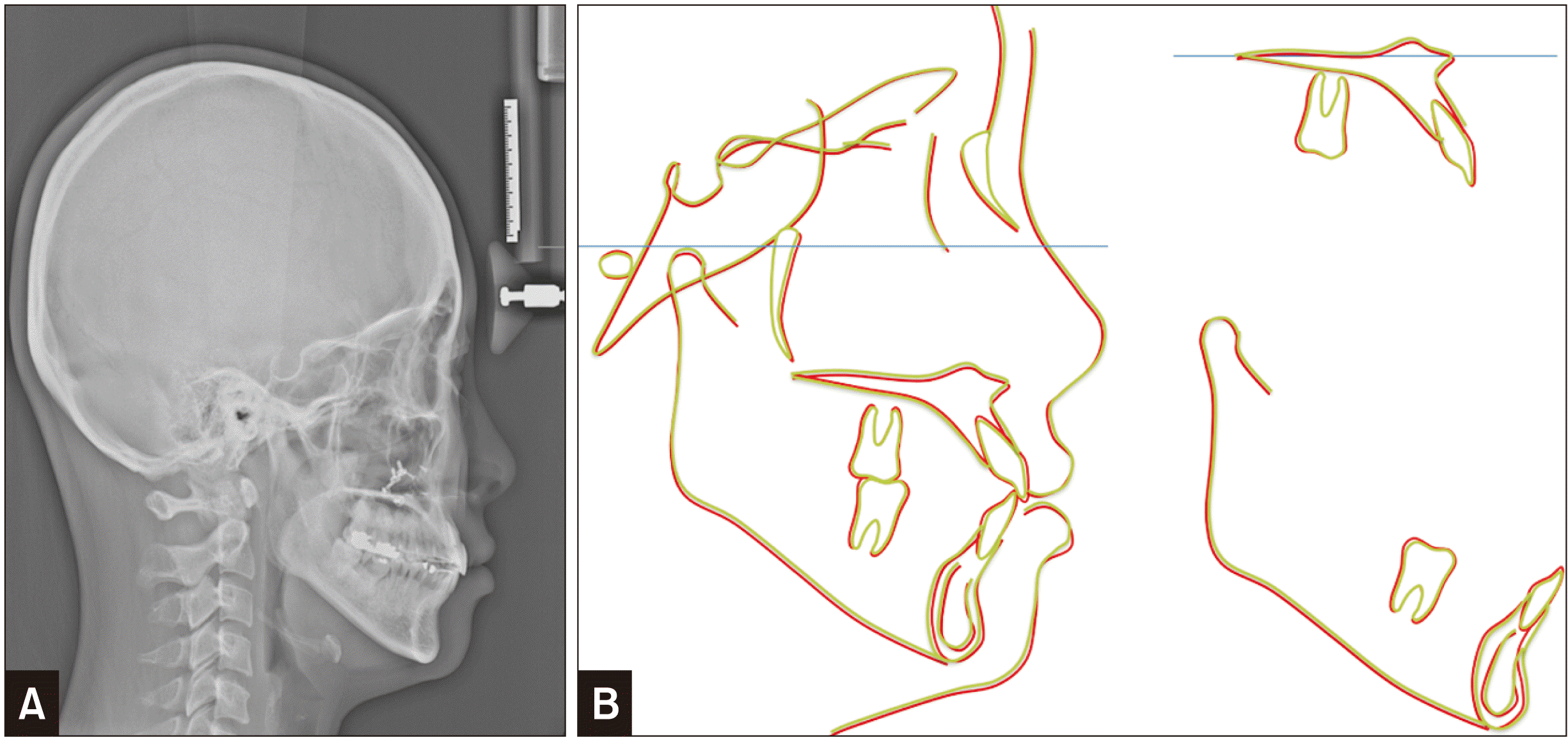




 PDF
PDF Citation
Citation Print
Print



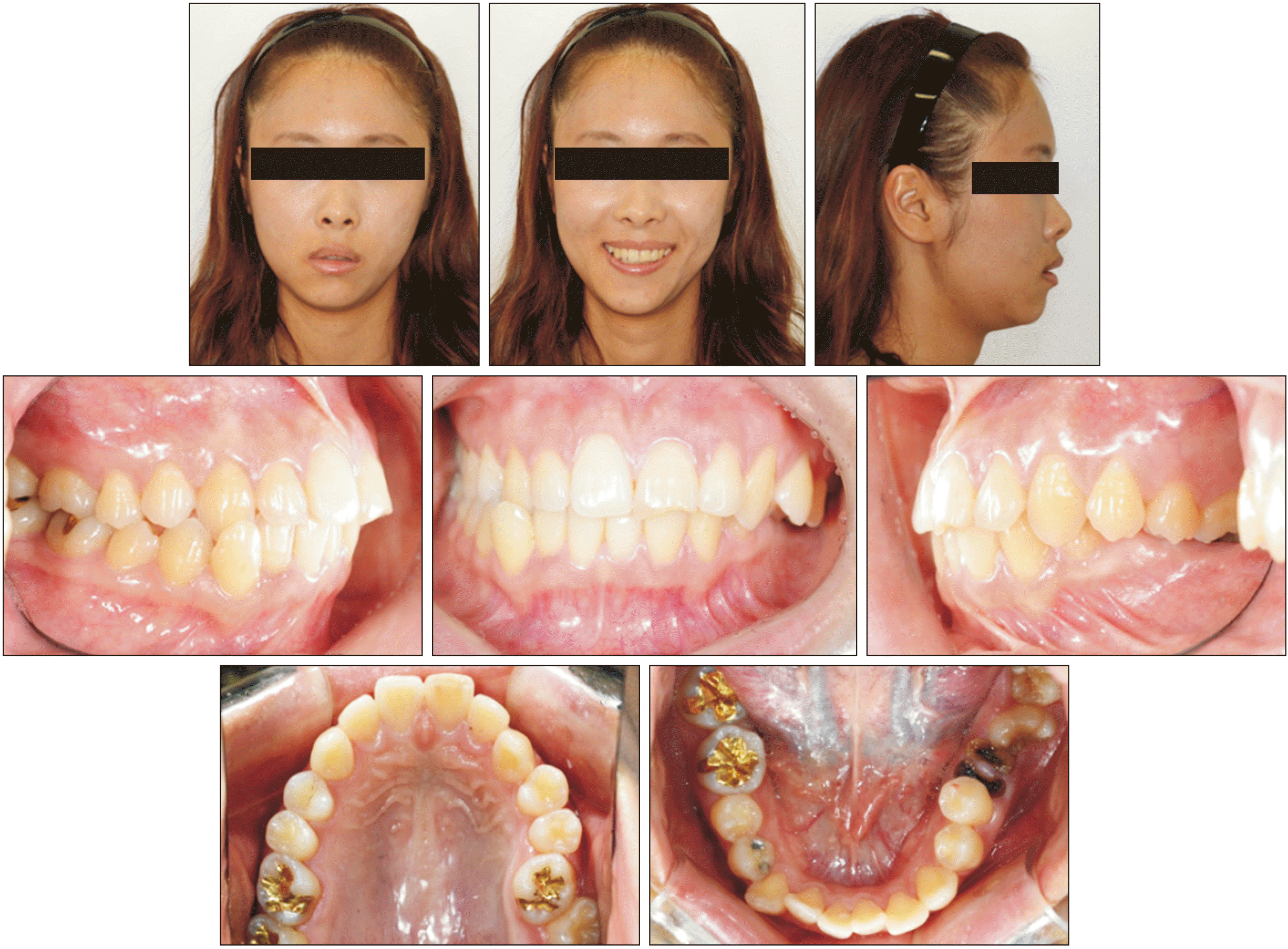
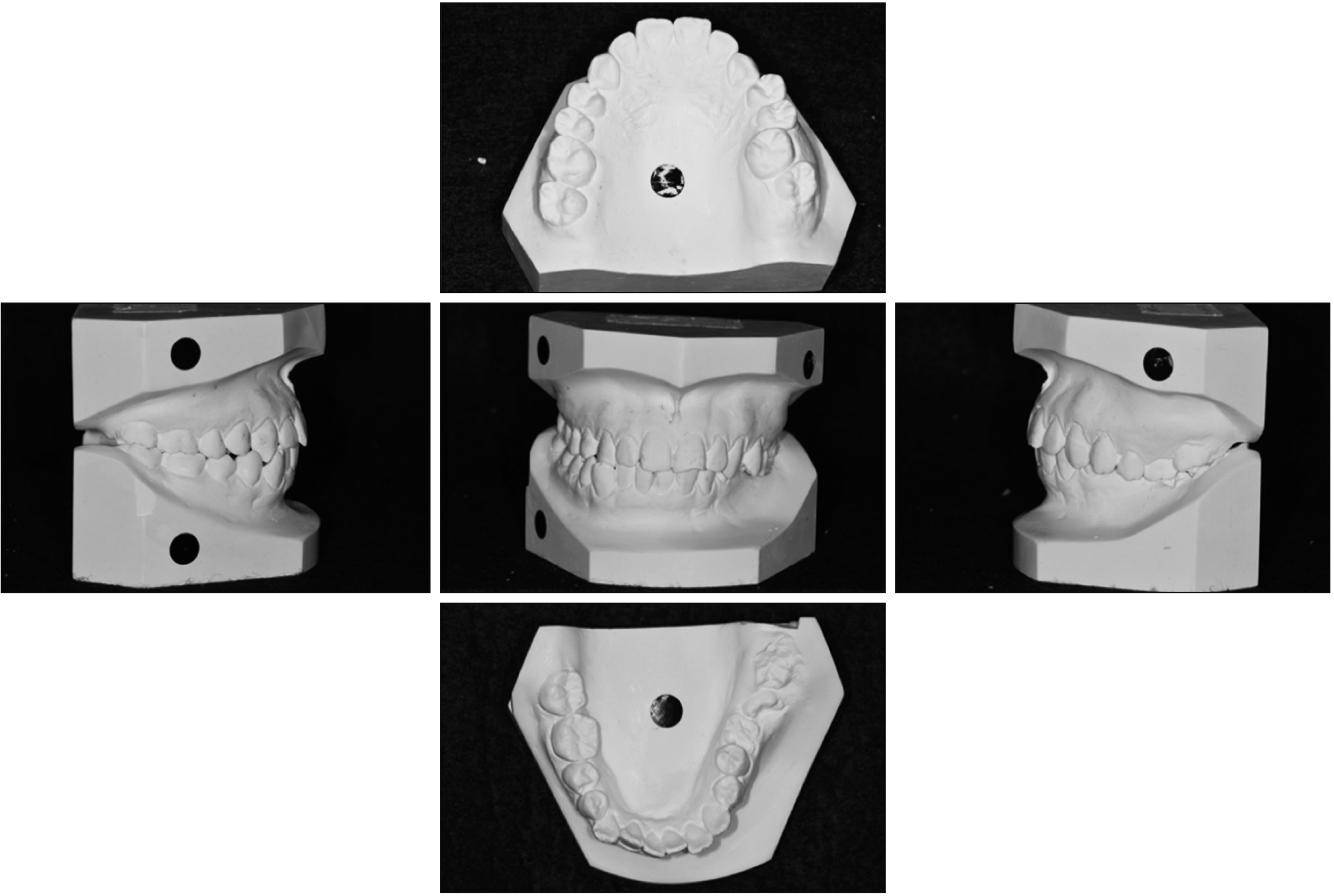
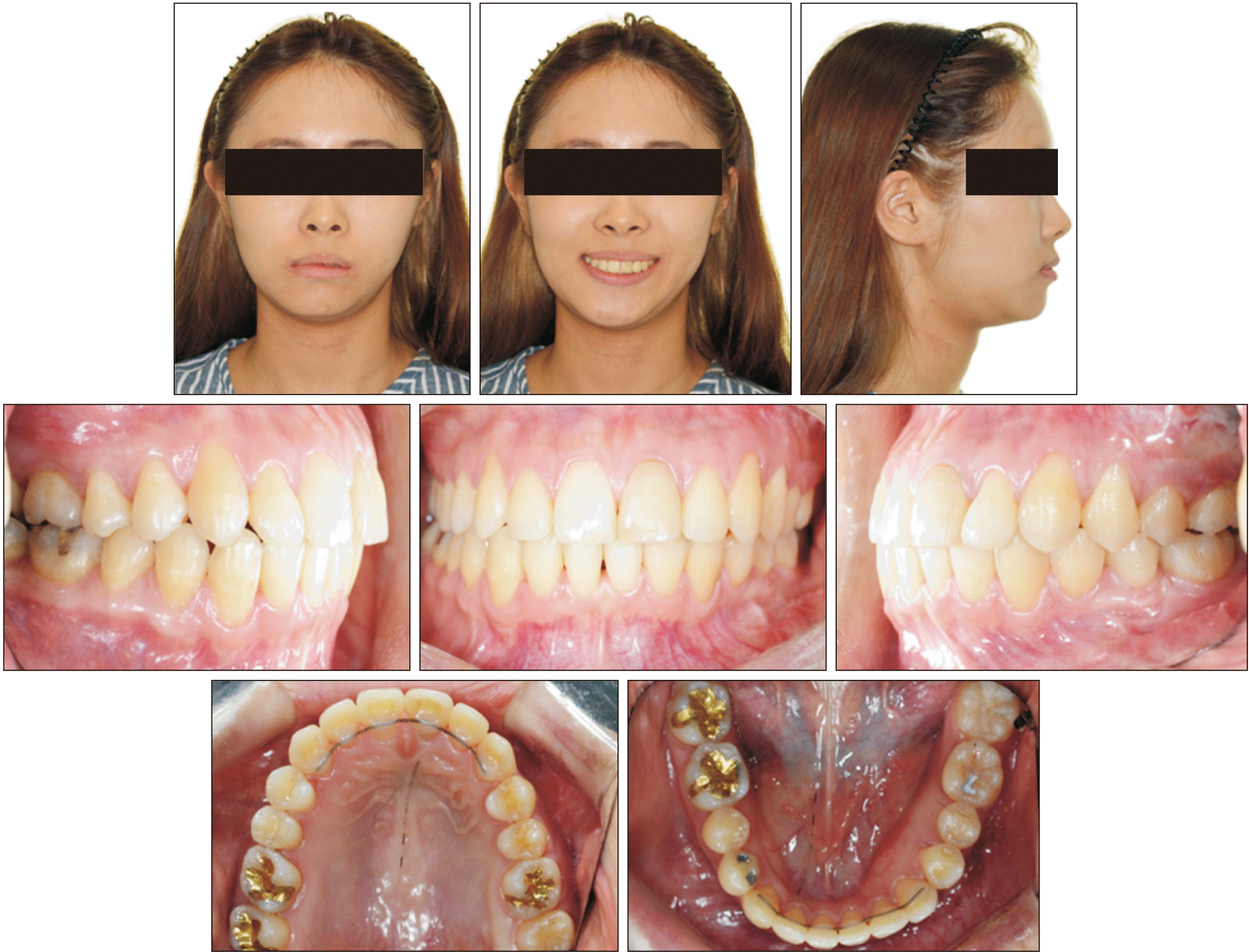
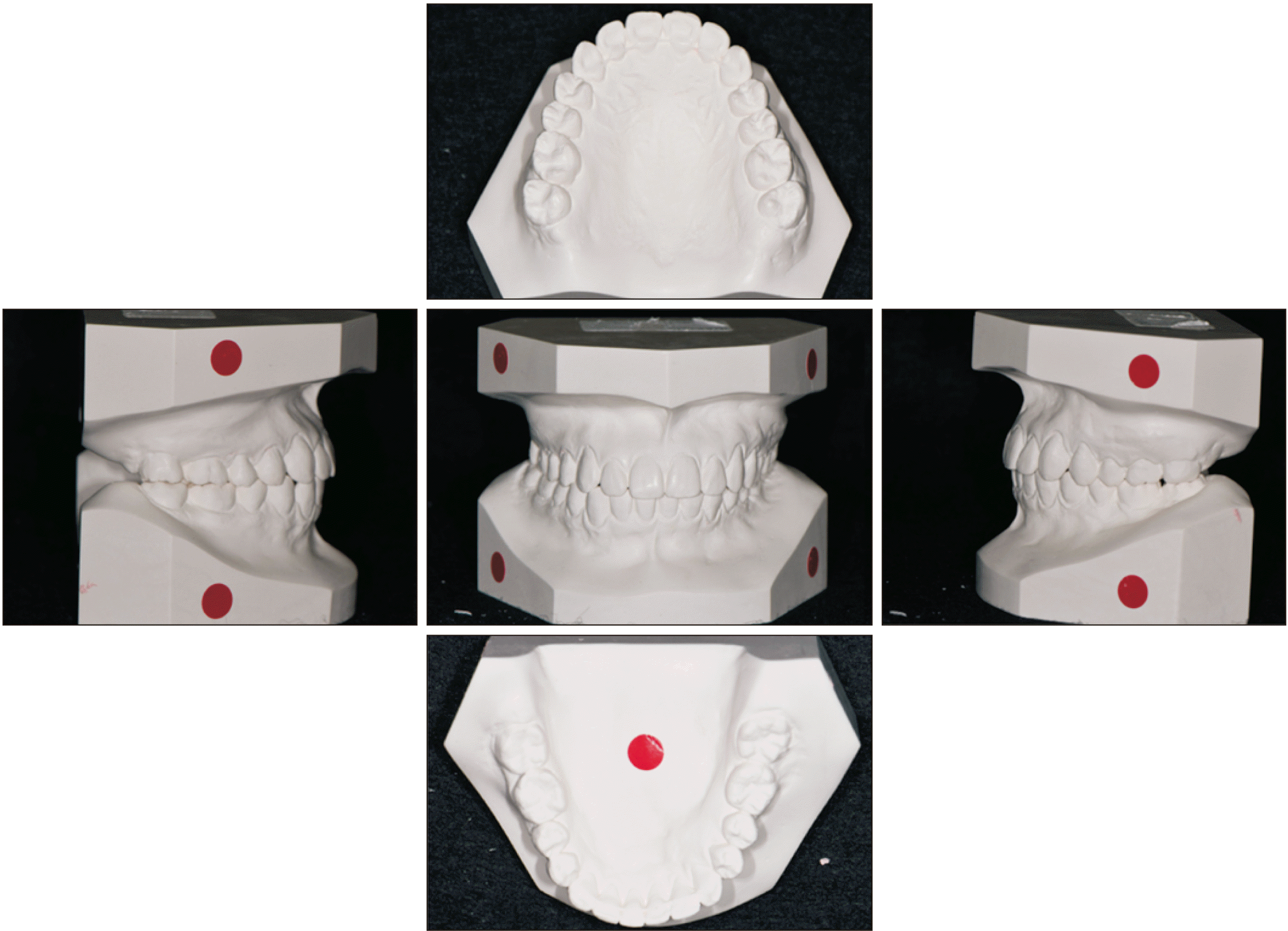
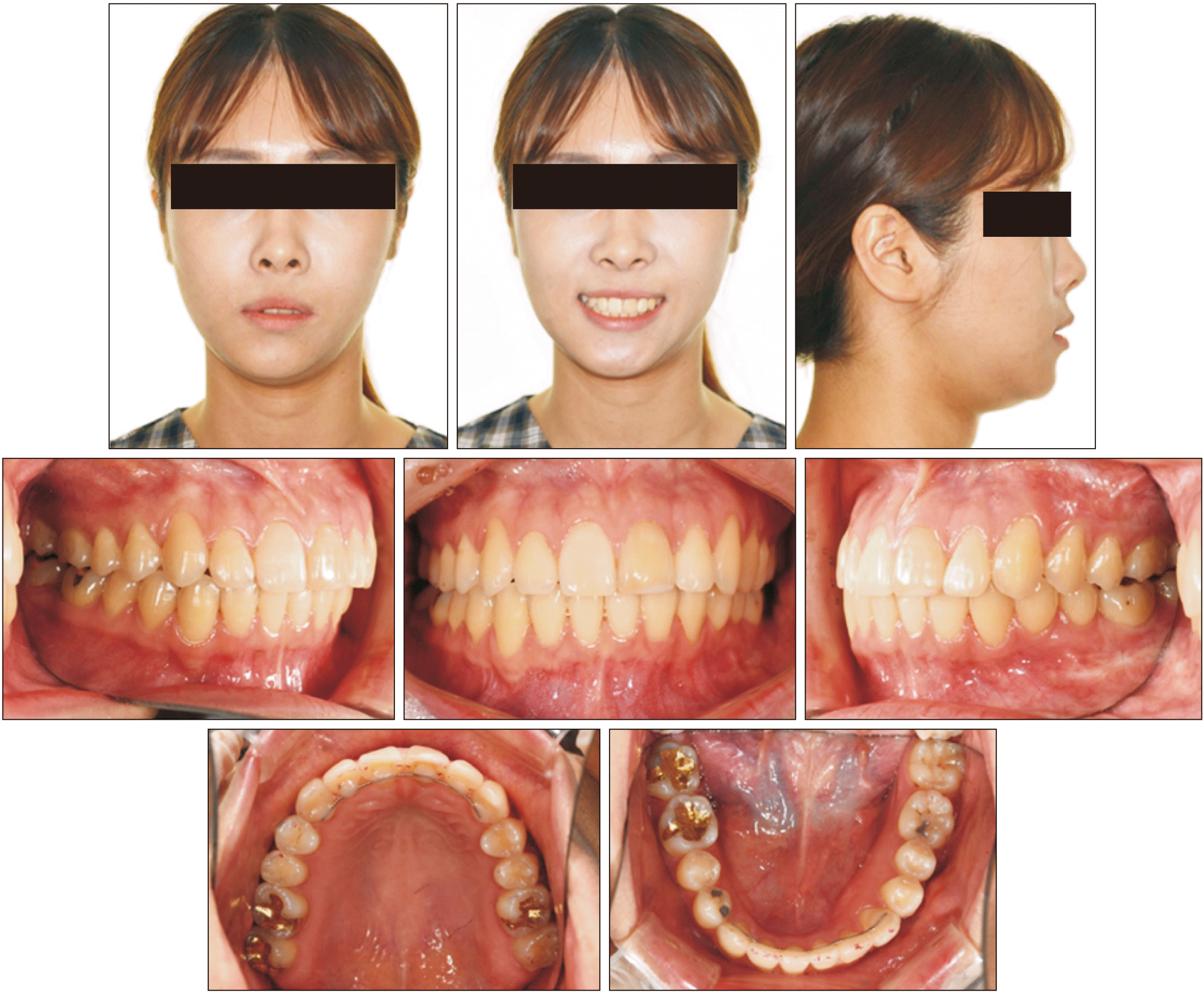
 XML Download
XML Download